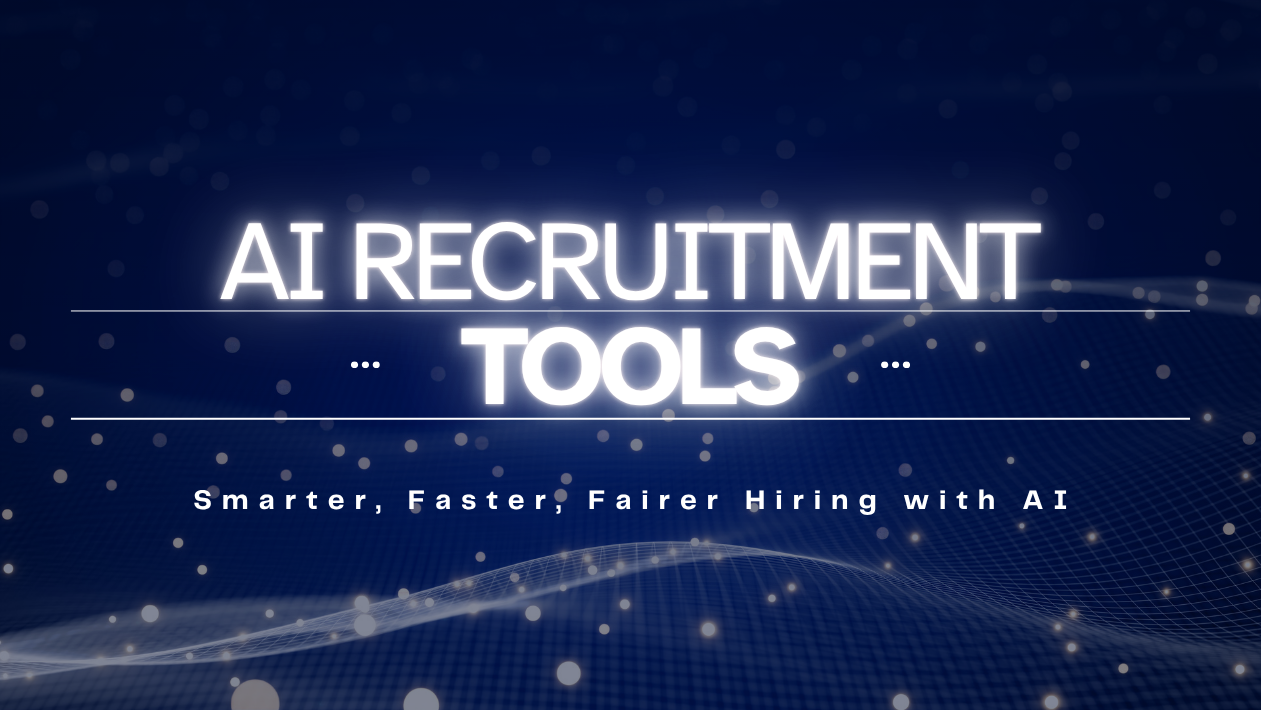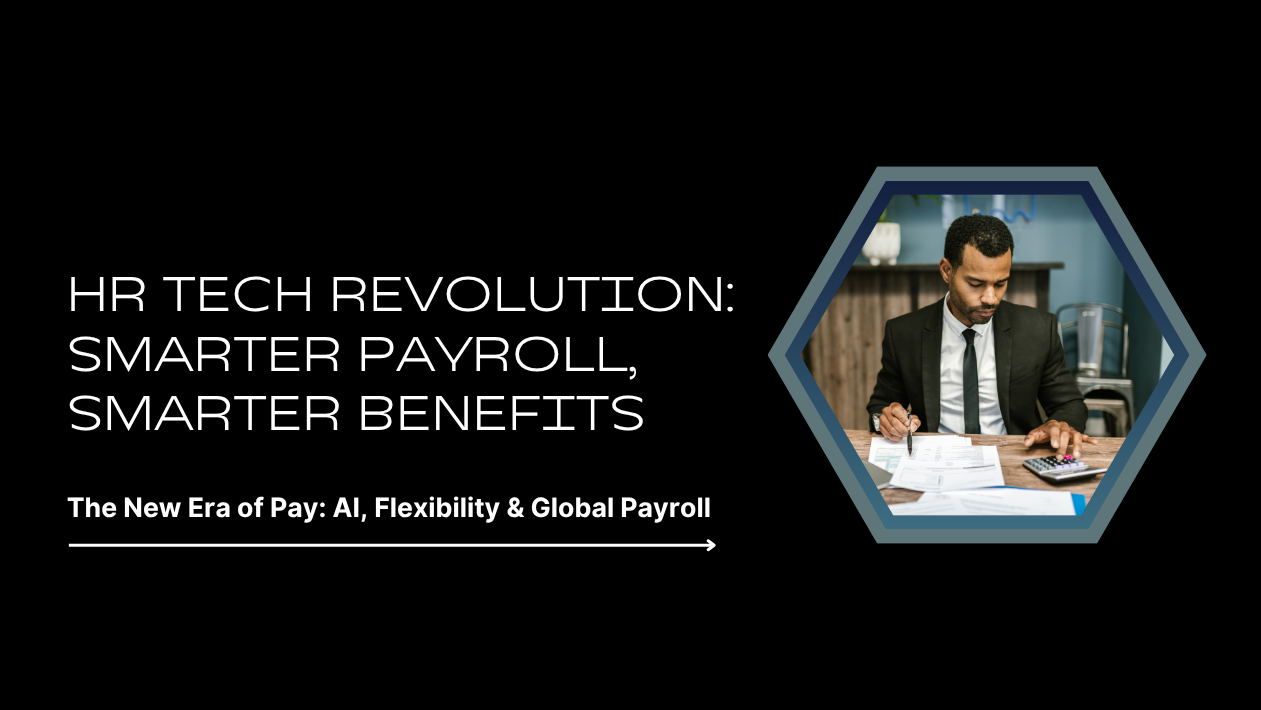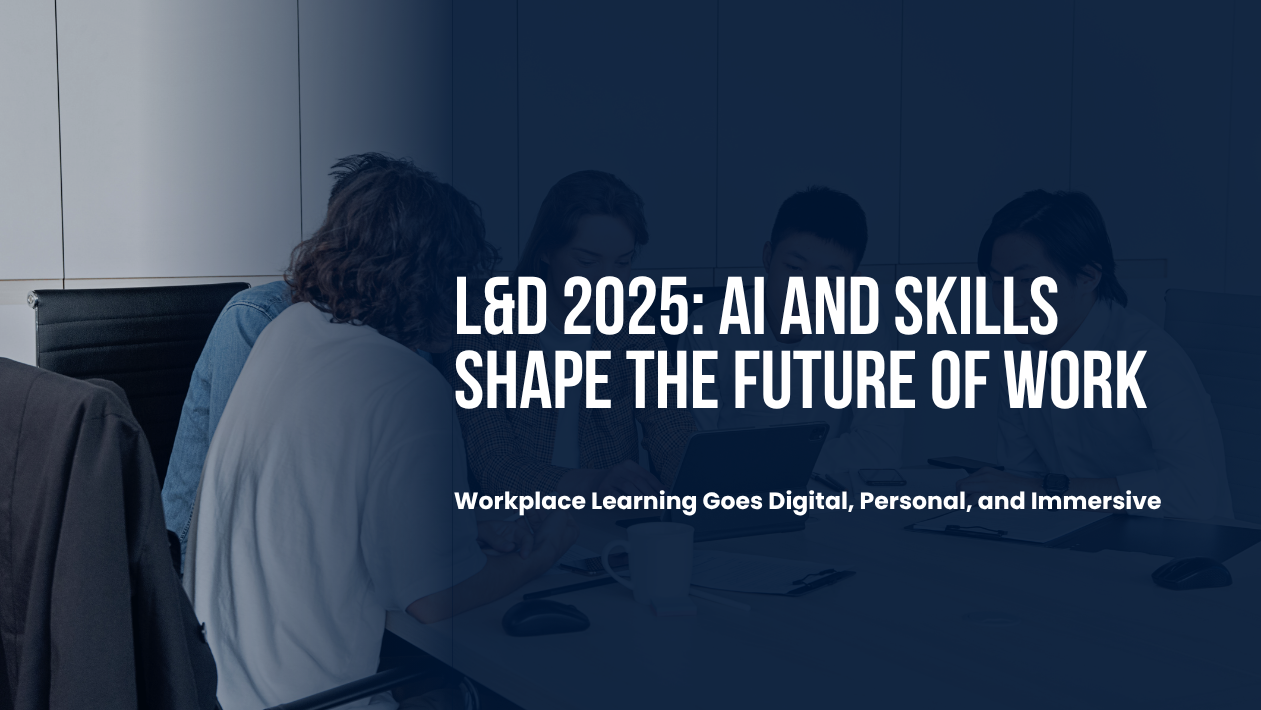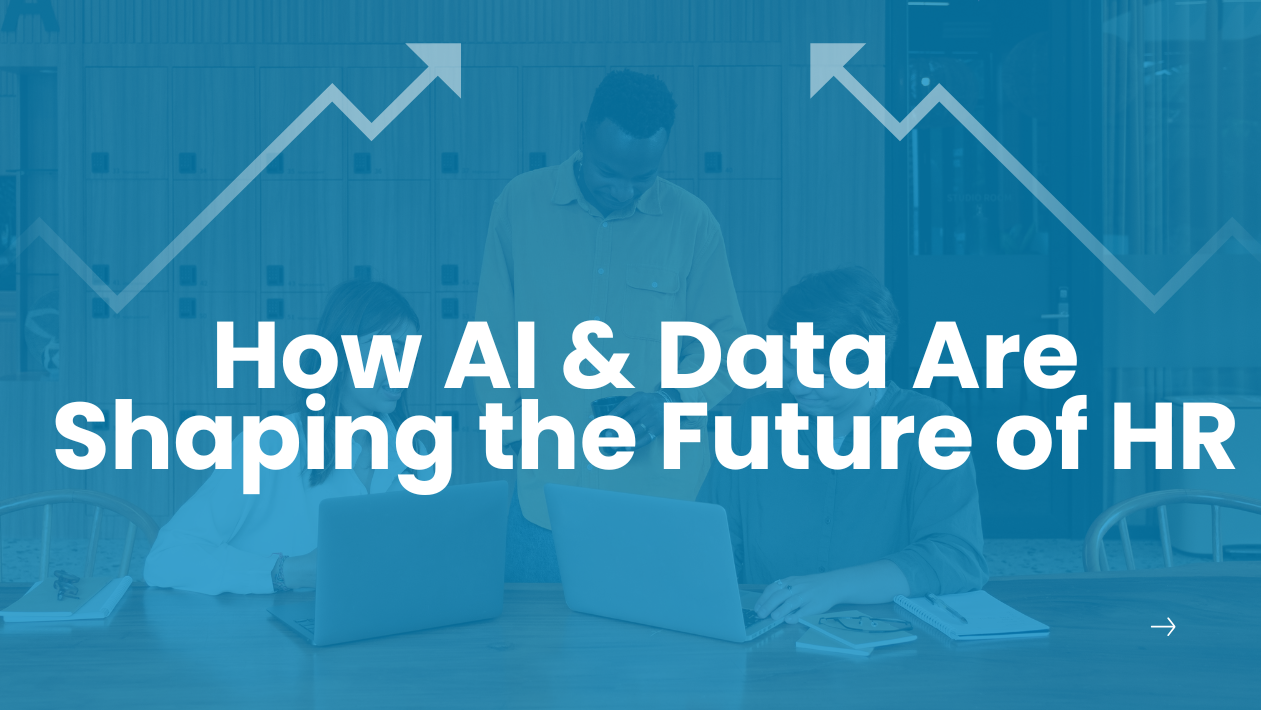As organizations navigate a fast-changing talent landscape, HR analytics has become a strategic driver of decision-making in 2025. No longer limited to tracking turnover or headcount, modern HR teams are leveraging predictive analytics, AI-powered dashboards, and real-time workforce intelligence to improve everything from employee retention to skills forecasting.
With the rise of data-driven HR, companies are moving from reactive human resources to proactive people operations.
Predictive Analytics Helps Prevent Attrition and Burnout
HR platforms like Visier, PeopleStrong, and Crunchr now offer predictive models that flag potential flight risks and burnout before they happen. By analyzing patterns in engagement surveys, attendance, performance, and even email sentiment, HR leaders are taking preventive action to retain high-value talent.
Some companies have reduced turnover by up to 25% through timely interventions informed by these insights.
AI Dashboards Deliver Real-Time Talent Intelligence
Gone are static spreadsheets—HR departments now rely on live dashboards that track hiring trends, DEI metrics, compensation benchmarks, and learning progress. Tools like Tableau for HR, Power BI, and Workday People Analytics are providing instant visibility into workforce health and productivity.
This enables faster, smarter decisions at both the executive and team levels.
Skills Analytics Powers Strategic Workforce Planning
In the age of rapid technological change, knowing what skills your workforce has—and lacks—is essential. HR analytics platforms are integrating with LMS systems and performance tools to create skills inventories and identify gaps aligned with business goals.
This allows HR to design targeted upskilling programs, plan for automation, and build internal talent pipelines instead of relying solely on external hiring.
DEI Metrics and Sentiment Analysis Advance Inclusion
Companies are applying HR analytics to measure diversity, equity, and inclusion more effectively. Beyond hiring numbers, analytics tools now examine pay equity, promotion rates, training access, and sentiment differences across demographic groups.
These insights are helping HR teams ensure fair treatment and build more inclusive workplaces.
Data-Driven Recruitment Improves Time-to-Hire and Fit
Applicant tracking systems (ATS) enhanced with analytics can now optimize job postings, source channels, and screening criteria. By analyzing hiring funnel data, companies can reduce time-to-hire and improve candidate quality using data-backed recruitment strategies.
Some firms have cut recruitment costs by 30% while improving retention with better fit predictions.
Outlook: HR Becomes a Strategic Partner Through Analytics
In 2025, HR analytics is no longer just a reporting function—it’s a business-critical capability. Organizations that invest in people analytics platforms, upskilling for HR professionals, and ethical data practices will be best positioned to attract, develop, and retain top talent in an increasingly competitive market.





